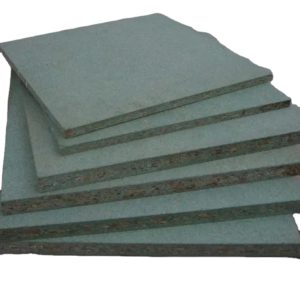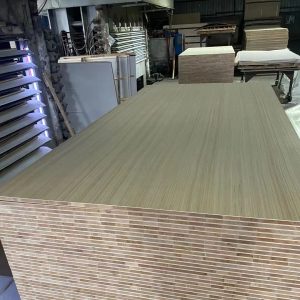Laminated bamboo board, a versatile and eco-friendly material, has gained widespread popularity in recent years. Its unique combination of strength, beauty, and sustainability makes it an ideal choice for various applications, from furniture to flooring. However, the price of laminated bamboo board varies depending on several factors, such as its type, quality, size, and brand. In this article, we will explore the key factors that influence the price of laminated bamboo board and help you make an informed decision when purchasing this green alternative.
The first factor that affects the price of laminated bamboo board is its type. There are four main types of laminated bamboo boards available in the market: bamboo particleboard, bamboo plywood sheet, bamboo Hexiang board, and bamboo furniture panels. Among them, bamboo particleboard is usually the most affordable option due to its lower production costs and simpler manufacturing process. On the other hand, bamboo plywood sheet tends to be more expensive because of its higher quality and durability. Bamboo Hexiang board and bamboo furniture panels fall somewhere in between, offering good value for their price.

Another important factor that determines the price of laminated bamboo board is its quality. Higher-quality boards typically have better physical properties, such as greater density, strength, and stability, which make them more suitable for demanding applications like structural beams or heavy-duty furniture. As a result, high-quality laminated bamboo boards often come with a higher price tag compared to their lower-quality counterparts. Additionally, premium brands may charge extra for their proprietary technologies or certifications that enhance the performance or environmental impact of their products.
Size also plays a crucial role in shaping the price of laminated bamboo board. Generally speaking, larger boards require more materials and labor to produce, leading to higher prices per square foot. Moreover, some specialized sizes or custom cuts may involve additional costs due to increased complexity or limited availability. Therefore, if you need a specific size or shape for your project, it’s essential to consider these potential expenses when budgeting for your laminated bamboo board purchase.

Lastly, brand reputation and marketing strategies can significantly influence the price of laminated bamboo board. Well-known brands with strong customer loyalty or extensive advertising campaigns may charge premium prices for their products based on perceived value or exclusive features. In contrast, smaller or less established brands may offer more competitive pricing to attract new customers or gain market share. It’s essential to research different brands and compare their offerings to find the best balance between quality and cost for your needs.
In conclusion, understanding the key factors that drive the price of laminated bamboo board can help you make an informed decision when selecting this eco-friendly material for your next project. By considering factors like type, quality, size, and brand reputation, you can choose a laminated bamboo board that meets your budget and performance requirements while contributing to a sustainable future.
















